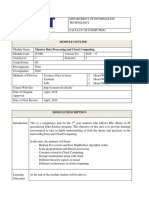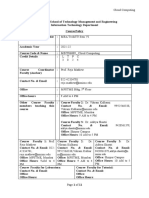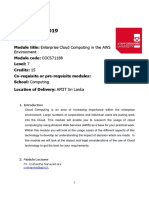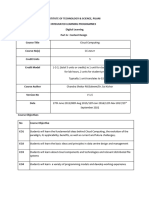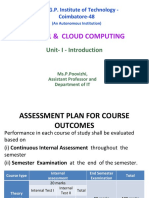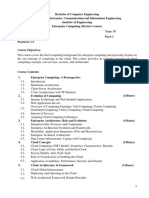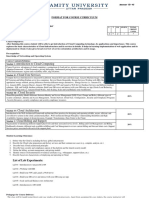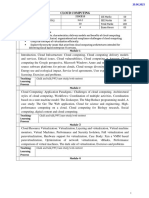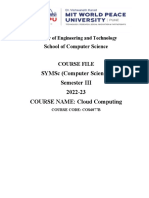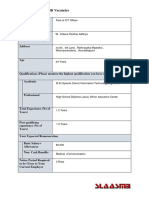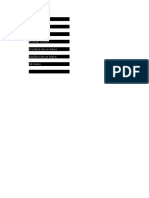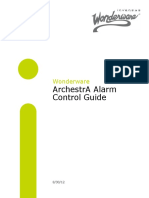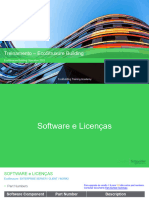0% found this document useful (0 votes)
159 views5 pagesIT4090 ModuleOutline
This module outline describes a Cloud Computing module that will be taught over one semester. The module aims to provide an in-depth understanding of both the theory and practices of cloud computing using Amazon Web Services (AWS) tools. Over 15 topics, students will learn about cloud architecture, services, security, databases, APIs, containers, microservices and serverless architectures. Assessment will include a quiz, assignment, and final exam worth 20%, 30% and 50% respectively. To pass, students must achieve an overall grade of C or higher across all assessments. The primary references listed provide guidance on AWS certification and cloud computing fundamentals.
Uploaded by
kalana heshanCopyright
© © All Rights Reserved
We take content rights seriously. If you suspect this is your content, claim it here.
Available Formats
Download as PDF, TXT or read online on Scribd
0% found this document useful (0 votes)
159 views5 pagesIT4090 ModuleOutline
This module outline describes a Cloud Computing module that will be taught over one semester. The module aims to provide an in-depth understanding of both the theory and practices of cloud computing using Amazon Web Services (AWS) tools. Over 15 topics, students will learn about cloud architecture, services, security, databases, APIs, containers, microservices and serverless architectures. Assessment will include a quiz, assignment, and final exam worth 20%, 30% and 50% respectively. To pass, students must achieve an overall grade of C or higher across all assessments. The primary references listed provide guidance on AWS certification and cloud computing fundamentals.
Uploaded by
kalana heshanCopyright
© © All Rights Reserved
We take content rights seriously. If you suspect this is your content, claim it here.
Available Formats
Download as PDF, TXT or read online on Scribd
/ 5
